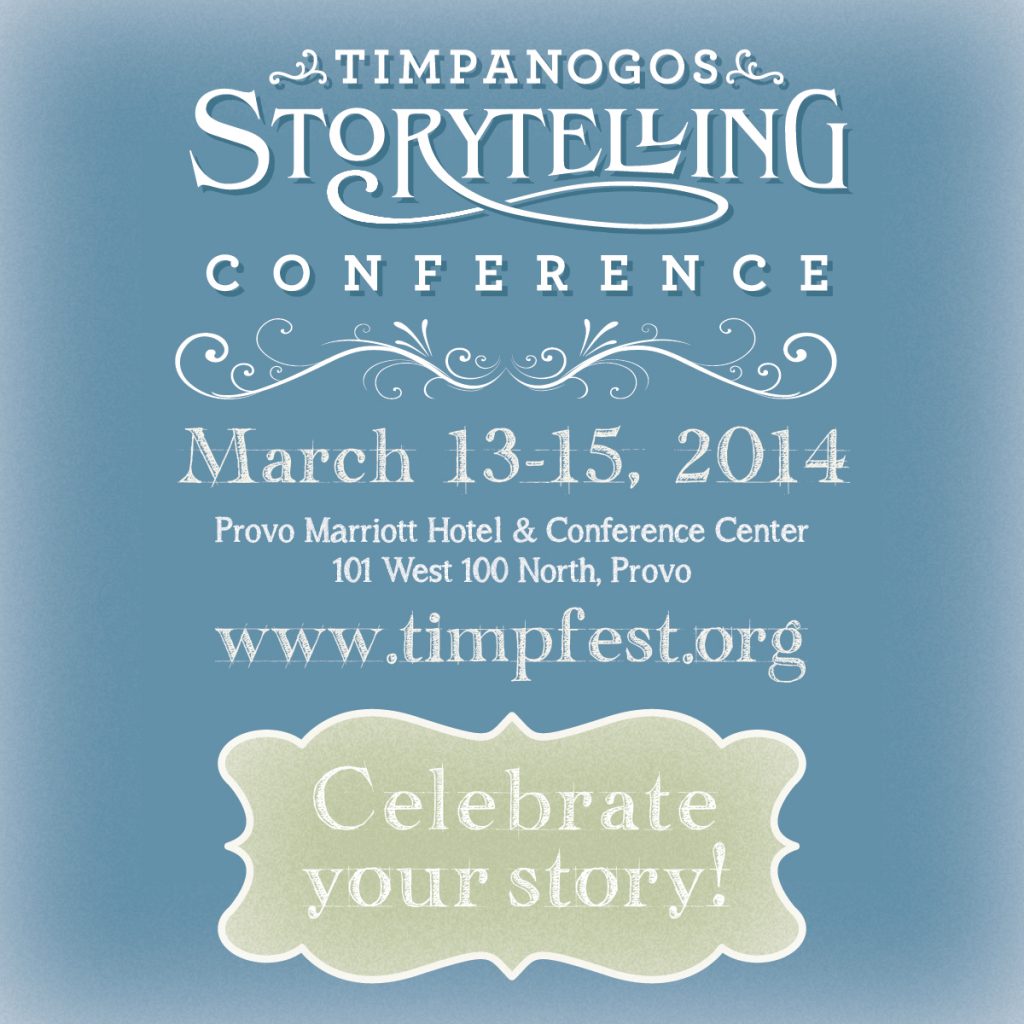We are a storytelling people. Humans have been doing it since the dawn of time, and while there are plenty of other storytelling mediums around these days, oral storytelling is seeped in history, tradition, and the ability to captivate the listener in a way no other medium can.
Here are some tips to help you get most out of your 2015 Timpanogos Storytelling Festival experience.

Welcome to this year’s Timpanogos Storytelling Conference at the Provo Marriott Hotel & Conference Center. We are so pleased that you are joining us! I would like to take this opportunity to introduce you to the Conference Center located at 101 West 100 North in Provo, Utah. Please plan on parking in the Marriott Parking Garage . . .


